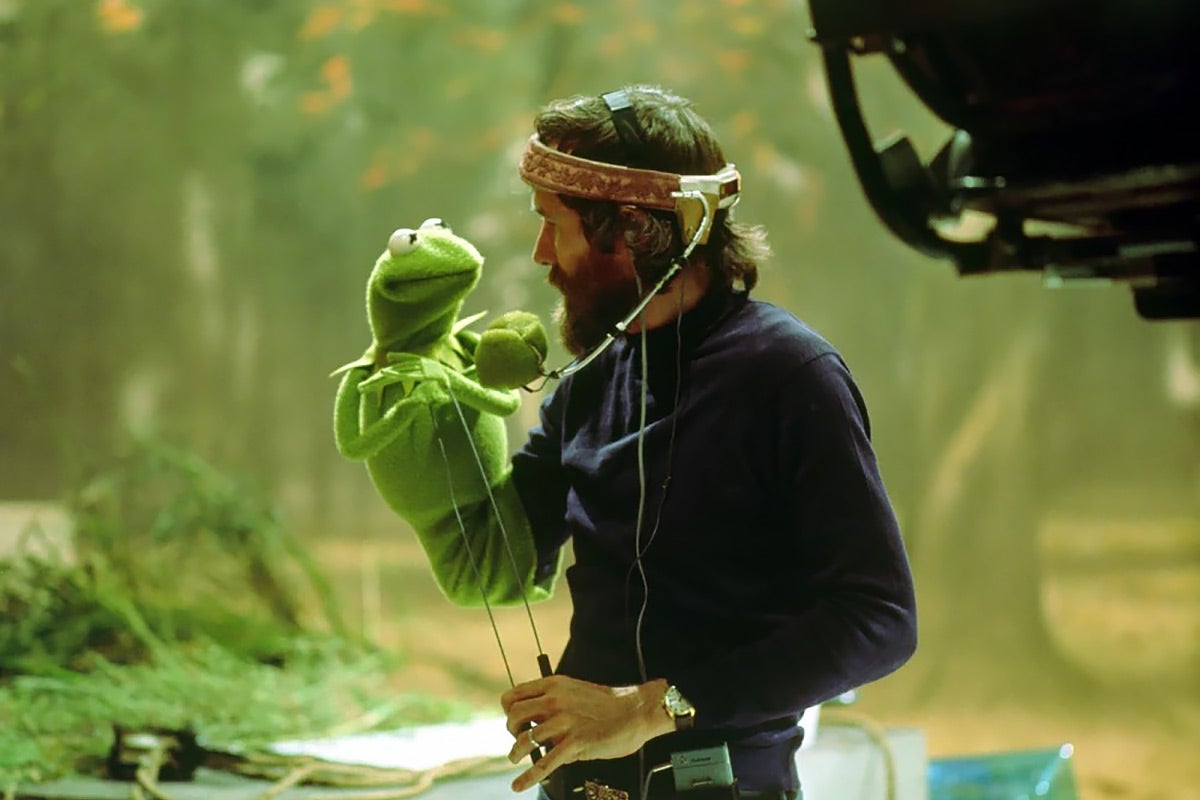
Jim Henson, the beloved creator of the Muppets and Sesame Street, is the subject of two recent documentaries: Ron Howard's 'Jim Henson Idea Man' on Disney+ and a six-episode series on YouTube by Defunctland. While both offer insights into Henson's life and career, they differ significantly in scope and depth.
The Disney+ documentary, 'Jim Henson Idea Man,' provides an overview of Henson's life from his early days to his fame with the Muppets and Sesame Street. The film includes interviews with Ron Howard, Brian Henson, Lisa Henson, Jane Henson, and others who worked closely with Jim. It highlights his creative process and showcases clips from various projects throughout his career.
However, some critics argue that the documentary is too corporate and incomplete. For instance, it does not delve deeply into the challenges Henson faced during his career or provide a comprehensive understanding of his personal life beyond what has already been widely reported.
On the other hand, Defunctland's six-episode series offers a more humanizing and comprehensive look at Henson's life. The series covers not only his most famous works but also lesser-known projects and aspects of his personal life that add depth to the narrative. It provides a more nuanced understanding of Henson as an artist, innovator, and person.
One fascinating detail from Defunctland's series is that Jim Henson initially aspired to work in television and created Kermit and the gang to help secure a spot at his local station. However, growing up, puppeteering was not his childhood passion but an impulsive experiment that proved successful.
Another interesting fact is that Henson faced resistance when he tried to overhaul his cuddly reputation by performing skits for Saturday Night Live. Comedians refused to write for felt puppets, and Henson had a hard time convincing others that puppetry could be a serious art form.
Despite these challenges, Henson continued to push boundaries and innovate. For instance, his experimental short film 'Time Piece,' which showcases his skills as an editor and cinematographer, is a testament to his vision and creativity. Similarly, Sesame Street encountered resistance from the entertainment industry due to its educational value but ultimately confirmed the notion that puppets were for kids only.
In conclusion, both documentaries offer valuable insights into Jim Henson's life and career. However, Defunctland's series provides a more comprehensive and humanizing look at Henson as an artist, innovator, and person. It is worth noting that while Disney+ may have the resources to produce a slicker production, it does not necessarily equate to a more informative or engaging documentary.

:max_bytes(150000):strip_icc():focal(749x0:751x2)/Ron-Howard-Jim-Henson-052824-557307b6801041c4adbac7f46f4e8513.jpg)

